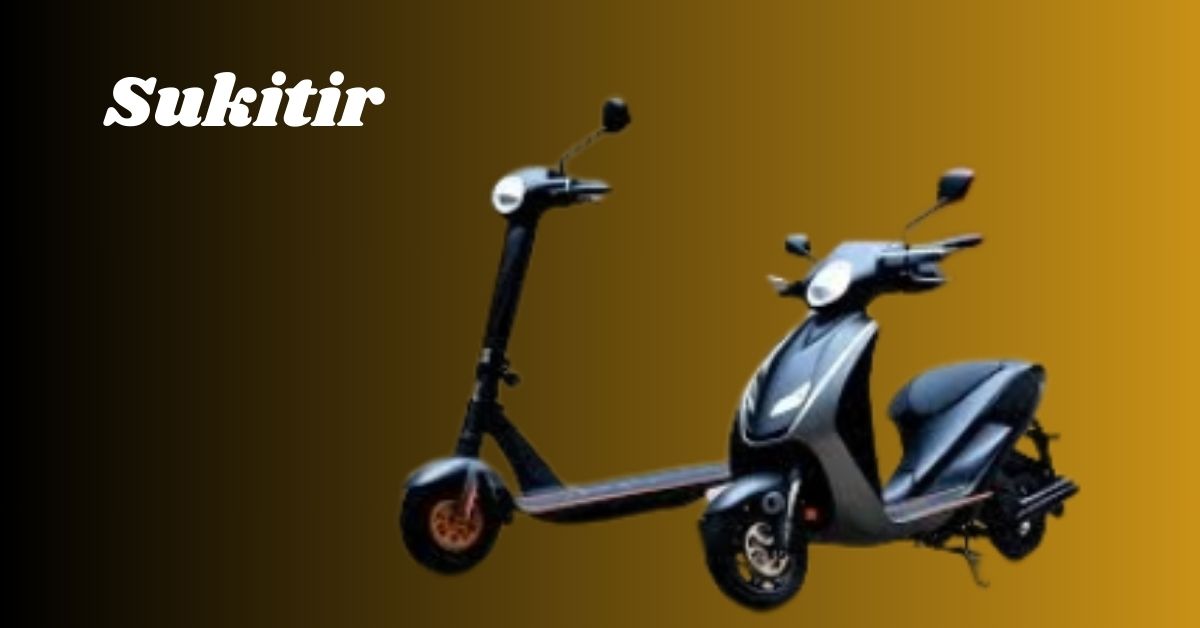Types of Assistive Technology:
https://theworldspaper.com/gaming/unblocked-games-67/ There are many different types of assistive technology available for people with disabilities, including mobility aids, communication devices, hearing aids, and prosthetics. Understanding the different types of assistive technology and how they can benefit people with disabilities is essential for healthcare providers and caregivers.
Accessibility and Inclusion:
Assistive technology can help increase accessibility and promote inclusion for people with disabilities. Healthcare providers and caregivers must consider accessibility and inclusion when selecting and implementing assistive technology.
Customization and Personalization:
Assistive technology should be customized and personalized to meet the unique needs of each individual with a disability. Healthcare providers and caregivers must consider individual preferences, abilities, and limitations when selecting and implementing assistive technology.
Training and Support:
Proper training and ongoing support are essential for successful use of assistive technology. Healthcare providers and caregivers must provide comprehensive training and ongoing support to ensure that people with disabilities can use assistive technology effectively and safely.
Cost and Funding:
Assistive technology can be expensive, and many people with disabilities may not have access to the technology they need due to financial constraints. Healthcare providers and caregivers must consider the cost of assistive technology and explore funding options to ensure that people with disabilities have access to the technology they need.
Ethical Considerations:
The use of assistive technology raises ethical considerations, such as autonomy, privacy, and consent. Healthcare providers and caregivers must consider the ethical implications of assistive technology and ensure that it is used in a way that prioritizes the well-being and autonomy of people with disabilities.
Technological Advances:
The field of assistive technology is constantly evolving, with new technological advances and innovations being introduced all the time. Healthcare providers and caregivers must stay up-to-date with the latest advances in assistive technology to ensure that people with disabilities have access to the most effective and innovative technology available.
Rehabilitation and Recovery:
Assistive technology can play a crucial role in rehabilitation and recovery for people with disabilities. Healthcare providers and caregivers must consider how assistive technology can be used in conjunction with other rehabilitation techniques to help people with disabilities achieve their goals.
These are some of the key topics related to “Assistive Technology for Disability and Rehabilitation.” As assistive technology continues to evolve and improve, healthcare providers and caregivers must stay informed and continue to explore new and innovative ways to support people with disabilities in achieving their goals and improving their quality of life.
Usability and User Experience:
Assistive technology must be easy to use and provide a positive user experience for people with disabilities. Healthcare providers and caregivers must consider usability and user experience when selecting and implementing assistive technology.
Interoperability and Compatibility:
Assistive technology must be interoperable and compatible with other technologies and systems to ensure seamless integration and operation. Healthcare providers and caregivers must consider interoperability and compatibility when selecting and implementing assistive technology.
Caregiver and Family Involvement:
Caregivers and family members play a crucial role in the successful use of assistive technology by people with disabilities. Healthcare providers must involve caregivers and family members in the selection and implementation of assistive technology and provide them with the training and support they need to assist with its use.
Data Privacy and Security:
Assistive technology often collects and stores personal data about people with disabilities, raising important privacy and security concerns. Healthcare providers and caregivers must ensure that assistive technology is designed and implemented in a way that protects the privacy and security of personal data.
Social and Community Support:
Assistive technology can help people with disabilities connect with others and participate in social and community activities. Healthcare providers and caregivers must consider how assistive technology can be used to promote social and community support for people with disabilities.
Global Access and Equity:
Access to assistive technology can vary greatly depending on location, economic status, and other factors, leading to significant disparities in global access and equity. Healthcare providers and caregivers must consider how to promote global access and equity in the provision of assistive technology.
Research and Development:
Continued research and development in the field of assistive technology are essential to improving the effectiveness and accessibility of technology for people with disabilities. Healthcare providers and caregivers must support and promote research and development in assistive technology to improve outcomes for people with disabilities.
These are some additional topics related to “Assistive Technology for Disability and Rehabilitation.” As healthcare providers and caregivers continue to explore new and innovative ways to support people with disabilities, it is important to consider a broad range of topics and factors that can impact the effectiveness and accessibility of assistive technology.









